The most common question asked on Lonely Speck answered for Canon shooters!
What is the best lens for astrophotography? The one that collects the most light.
Below is a list of the highest scoring lenses for untracked nightscape photography and astrophotography. The score is a direct representation of light gathering capabilities based on the formula:
Score = (aperture area) × (angular area) × (suggested shutter speed)
Where the shutter speed is the longest suggested shutter speed in seconds based on the “500 Rule” (500/focal length). Aperture area is the surface area calculation of the clear aperture of the lens and the angular area is the angular field of view in square radians. This score is a mathematical calculation based purely on some simple physics. It doesn’t account for other considerations like the lens’s build quality or optical aberrations but it’s a good gauge of overall light gathering capability. You can also see the complete list of scores here, complete with calculations and further explanation.
All of the lenses listed here are my personal suggestions for photographers looking to get the absolute best astrophotography results with their camera. If using the given camera mount, these are the lenses that I would use. Most of these lenses are manual focus lenses by Rokinon which also tend to be much more affordable than their autofocus Canon counterparts. Additionally, most of the Rokinon lenses are sharper and tend to exhibit less coma aberration than their Canon counterparts. If you’re willing to learn how to use manual focus, Rokinon lenses are spectacular performers.
If you would like to know more about the thoughts that went into creating this list, please read my article on how to pick a lens for Milky Way photography.
EF Mount (Full Frame and APS-C)
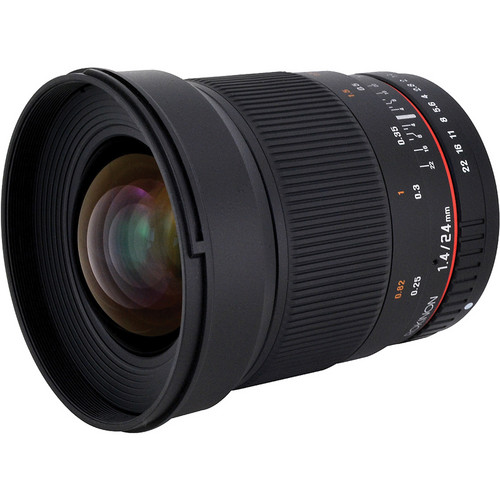
24mm/1.4: Rokinon 24mm f/1.4 ED AS UMC ( Amazon / B&H )
- The best night photography and astrophotography lens you can buy. Excellently sharp, especially when stopped to f/2. Manual focus.
- My full review of the Rokinon 24mm f/1.4
- Score: 2869
- This is my go-to lens for astrophotography on a full-frame DSLR. It’s fast, wide and shows very little aberration problems. Still my personal favorite for Canon full frame DSLRs like the 6D, 5D Mark III and 5DS/R cameras.
- Sample from the Rokinon 24mm f/1.4:
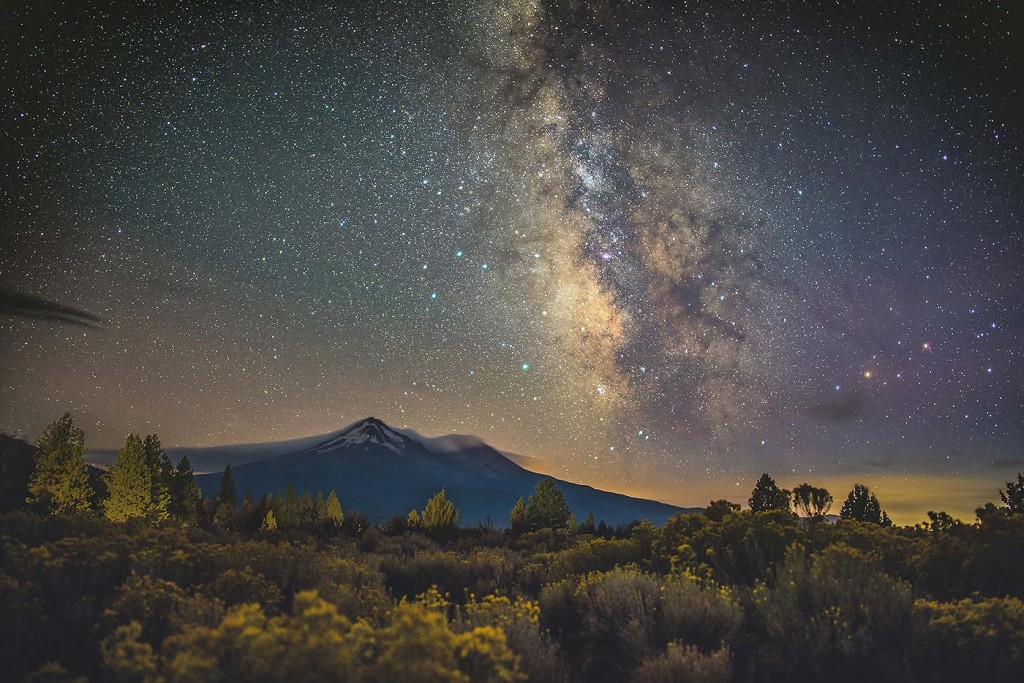
35mm/1.4: Rokinon 35mm f/1.4 US UMC ( Amazon / B&H )
or Sigma 35mm f/1.4 DG HSM Art ( Amazon / B&H )
- Standard wide angle for tighter landscapes or stitching multiple exposures into larger panoramas. Rokinon is manual focus, Sigma is autofocus.
- Score: 2084
14mm/2.8: Rokinon 14mm f/2.8 IF ED UMC ( Amazon / B&H )
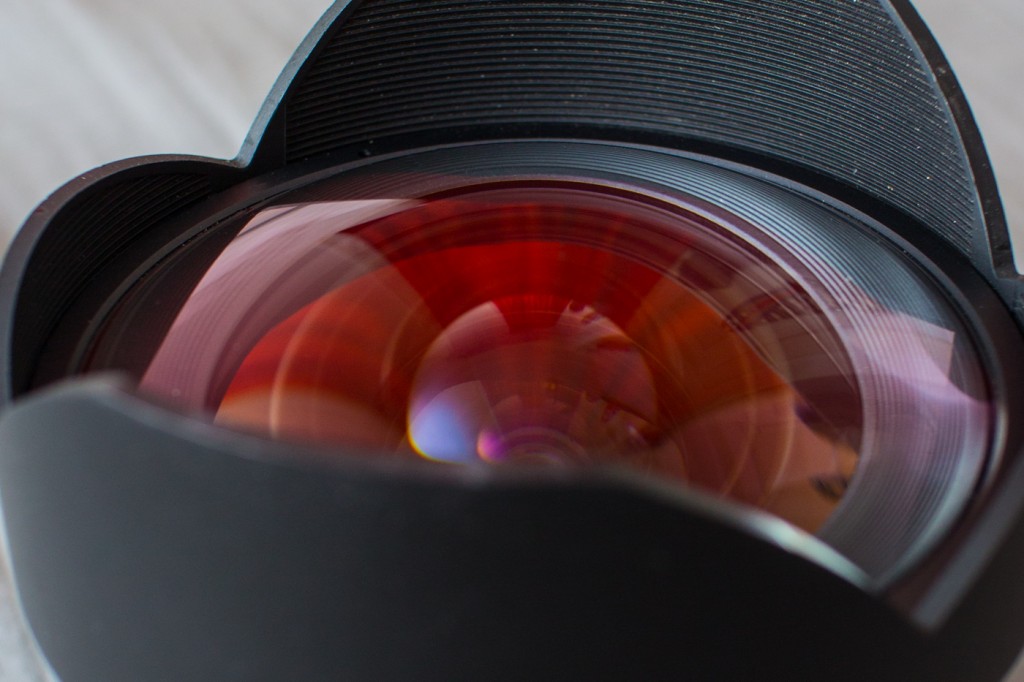
- Essential ultra-wide angle for large sweeping landscapes. Manual focus. One of the most affordable full frame nightscape lenses.
- My full review of the Rokinon 14mm f/2.8
- Score: 1032
- Sample image from the Rokinon 14mm f/2.8:
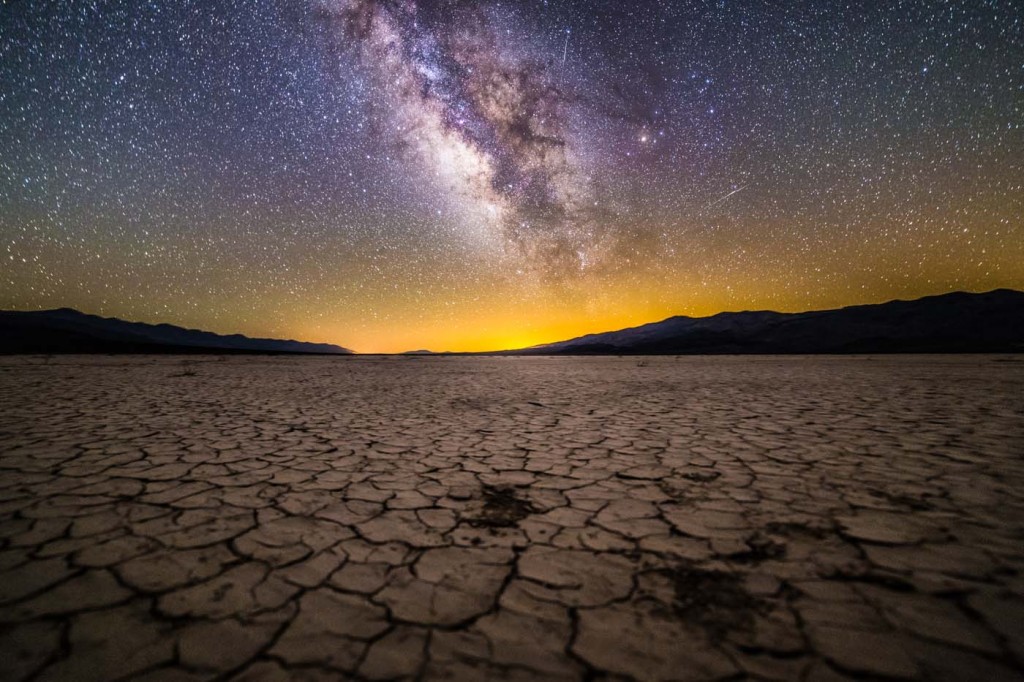
EF-S Mount (APS-C Only)
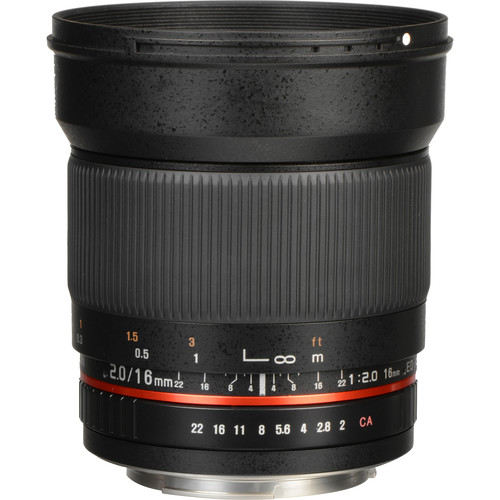
16mm/2.0: Rokinon 16mm f/2.0 ED AS UMC CS ( Amazon / B&H )
- The best combination of wide angle and large aperture. Manual focus.
- Score: 1875
10mm/2.8: Rokinon 10mm f/2.8 ED AS NCS CS ( B&H )
- APS-C alternative to the Rokinon 14mm/2.8. Excellent for ultra-wide angle landscapes. Manual focus.
- Score: 1184
11mm/2.8: Tokina 11-16 f/2.8 AT-X PRO DX II ( Amazon / B&H )
- Covers the same range as the two previous lenses combined. Excellent super wide angle zoom with autofocus.
- Score: 1149 (at 11mm)
EF-M Mount (APS-C Mirrorless)
12mm/2.0: Rokinon 12mm f/2.0 NCS CS ( Amazon / B&H )
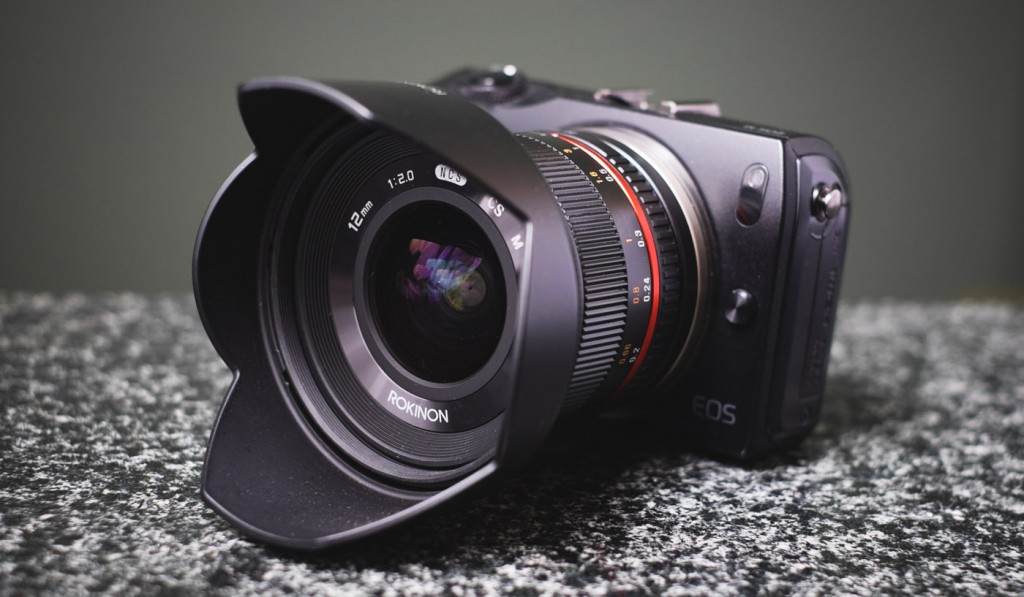
- Best lens for astrophotography on a mirrorless system. Nice and compact, best combination of super-wide field of view and large aperture.
- Score: 2176
- Sample image from the Rokinon 12mm f/2:
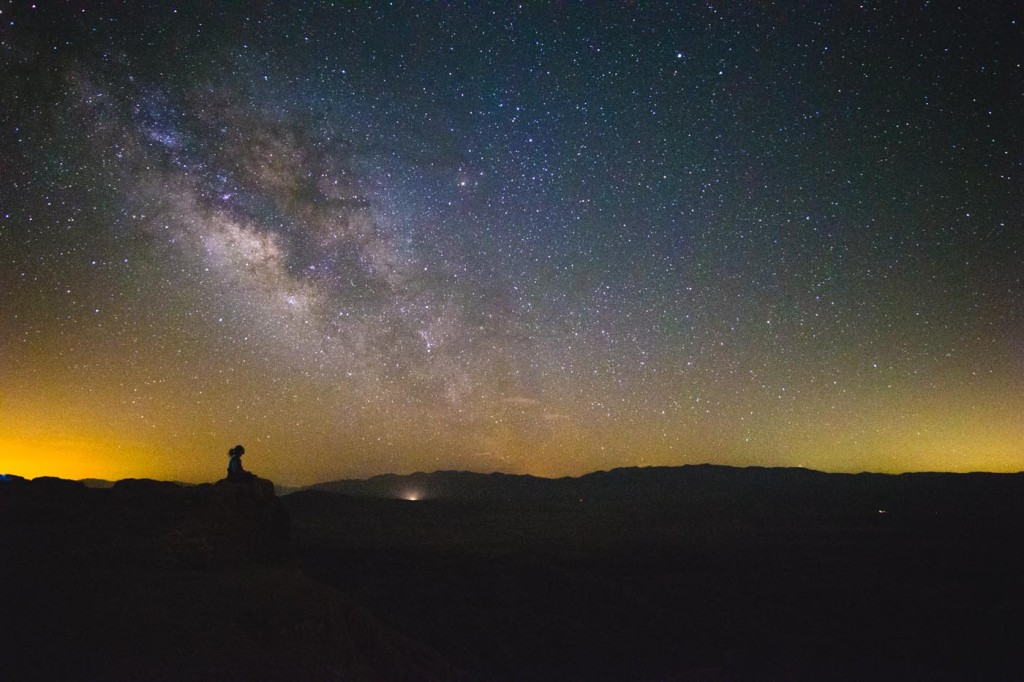
22mm/2.0: Canon EF-M 22mm f/2.0 STM ( Amazon / B&H )

- Surprisingly sharp and extremely compact lens. Also very cheap. Standard wide angle view makes it good for panorama stitches.
- Score: 1505
- Sample image from the Canon EF-M 22mm f/2 STM:
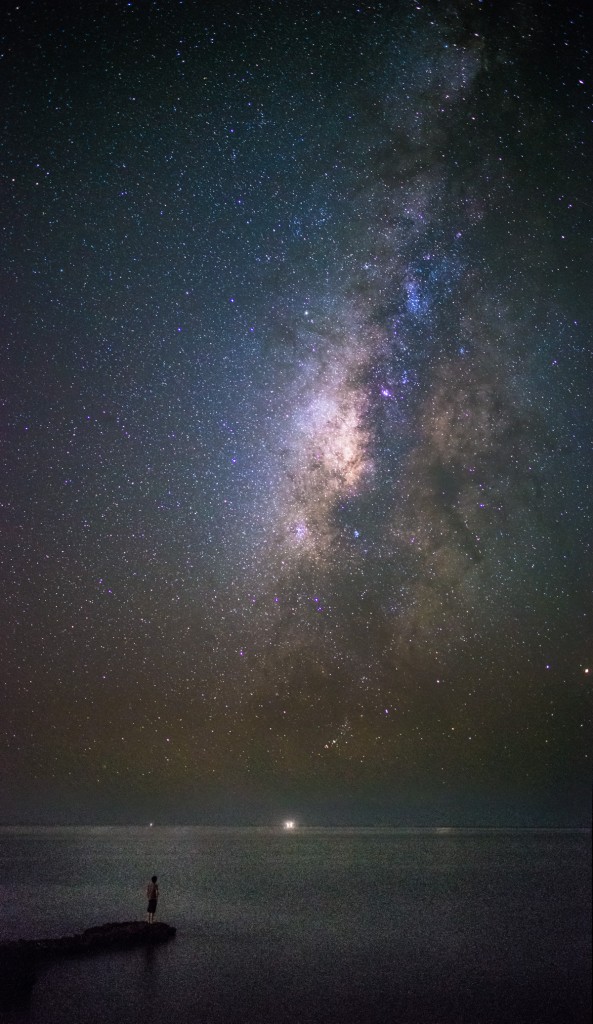
8mm/2.8: Rokinon 8mm/2.8 Fisheye II ( Amazon / B&H )
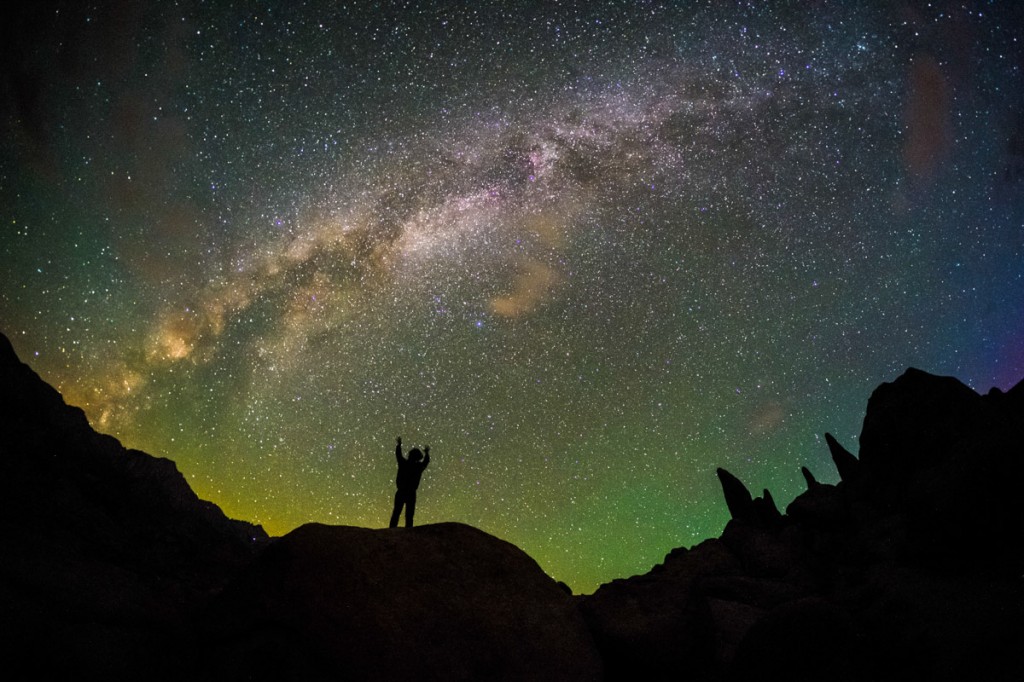
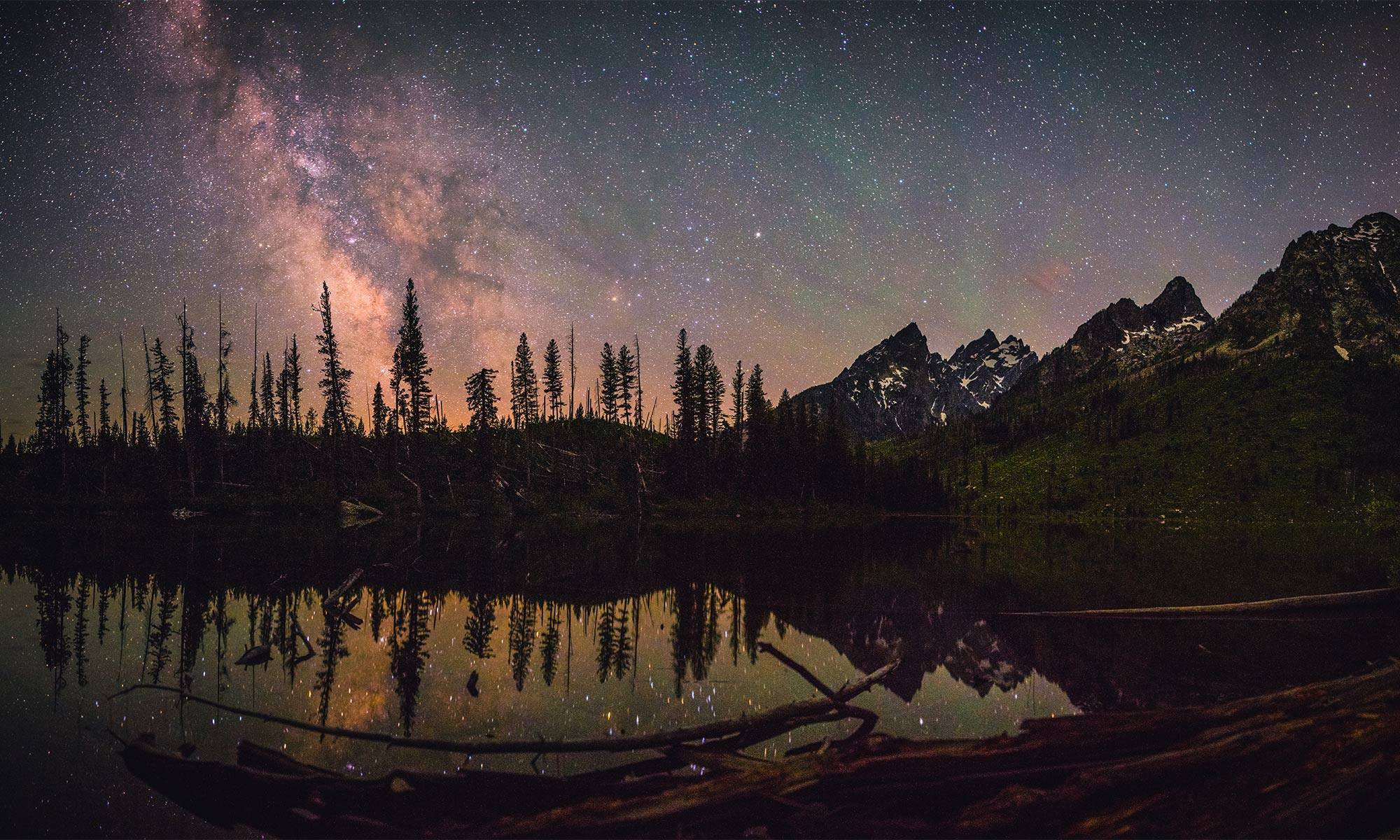
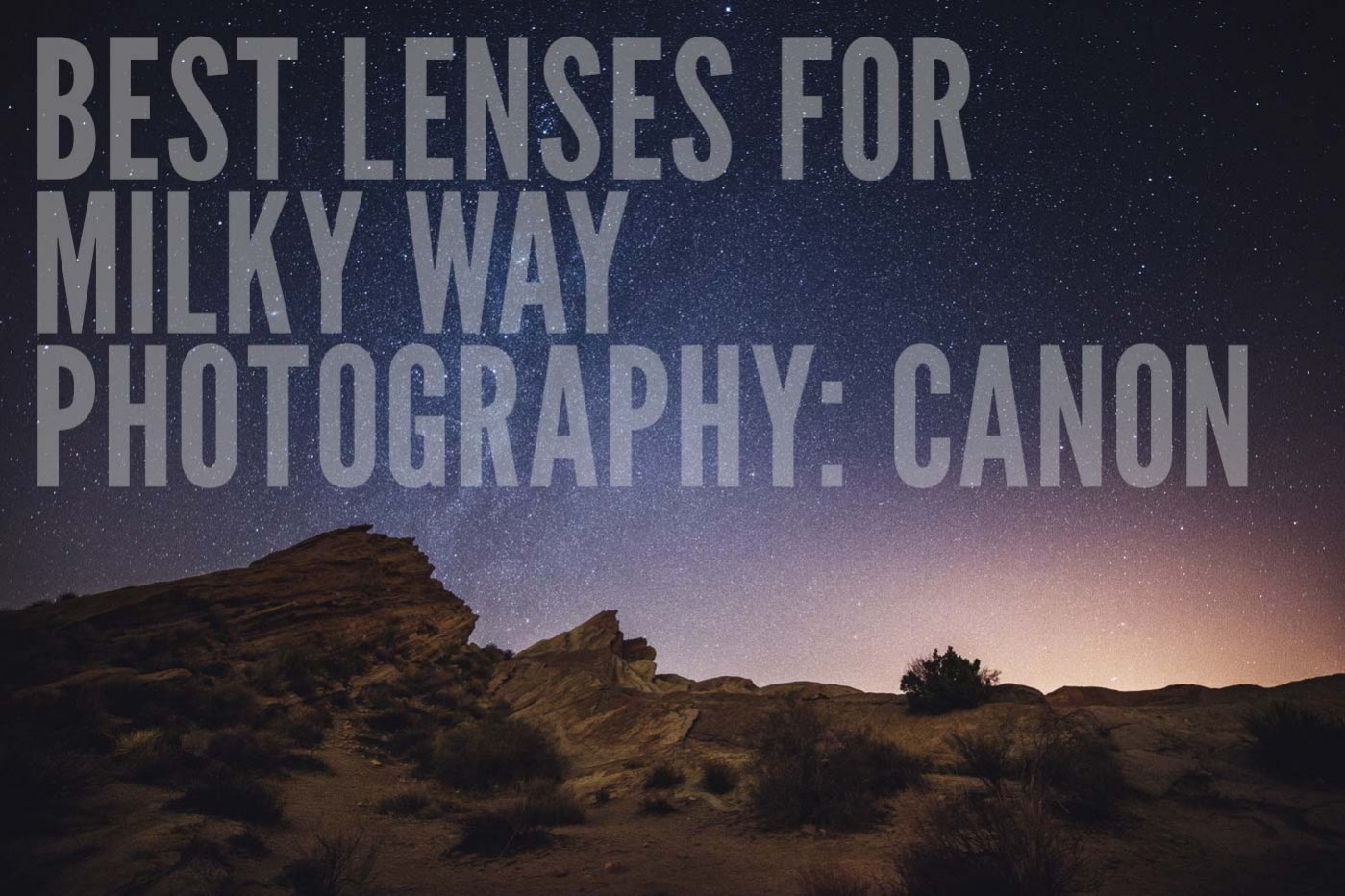
Hello Ian,
I’m completely new to the field of astrophotography and I’ve been following your blogs and tutorials a lot lately. So much inspired that i also bought a canon 5d MarkIII. Currently i only have a kit 24-70mm which obviously doesn’t give me the optimum results as does the prime but i look forward to buy 24mm Rokinon very soon. Besides f stop, shutter speed and ISO what necessary changes should i apply within my camera to get the best results? As milky way season approaches near i’d like to learn and practice the required skills starting as soon as you shed some light on me. Of course the weather permitting. It would really help me boost up my budding hobby. Thank you!
Purna, definitely stick with your 24-70 to start, it’s a good lens for learning the trade. As far as setup, just make sure you’re shooting in RAW and if it’s a hot night, enabling long exposure NR can help remove extra heat noise.
I have a canon 5dmarkiii and a canonon 35mm 1.4 how does this stack up to the 6d and the Rokinon 35mm???
It’s very comparable actually. The Rokinon performs a little better in the corners (no coma/astigmatism) but both are nice bright lenses for shooting the stars.
I have a canon 5d markiii and a canon 35mm 1.4 that I have been using for landscape photography how does this set up stand up in Astrophotography??
Hi,
I’m about to take your advice and pull the trigger on the Rokinon 12mm f/2 lens for my mirrorless EOSM but have one question – I’m using the current 22mm f/2 pancake lens with my EOSM, how much wider is this 12mm Rokinon lens? I love landscapes and long nighttime exposures and want a noticeable difference if I’m going to spend a few hundred, and I don’t understand figuring out how much ‘bigger/wider’ my pictures will be with this, as it’s ‘only’ 10mm less than what I’m currently using. I know that’s probably a big difference, but I’m trying to visualize and understand or at least verify.
Thanks in advance for any guidance!
My suggestion is to download the free planetarium program Stellarium, it has a plug in that shows the field of view through various telescopes eyepieces and camera combinations. If you put in the 22mm and the 12mm lenses as though they were telescopes and then your camera’s sensor specs then it will show you the fields of view of each for comparison.
The 12mm Rokinon is significantly wider than the 22mm. The 12mm has a diagonal field of view of about 99 degrees (That’s considered “super-wide”) while the 22mm has a diagonal field of view of 62 Degrees (that’s considered just “wide”). Here’s a quick guide for angle of view (B&H). You will want to look under the APS-C 1.6x (Canon) column.
Hi Ian,
Firstly – great article, thanks for posting. I have a Nikon D5000 as well as a Sony a5000. Which camera would be better for astrophotography? Which lens should I be getting for it?
Thanks much!
Jake
The a5000 is likely better but just because of it more modern sensor. As far as lenses for APS-C cameras, I like the Rokinon 10mm/2.8 for DSLRs or 12mm/2.0 for mirrorless cameras.
Thank you all the info! It was much needed. I have a canon rebel Ti5. I have lenses to use during the day time. I was looking at getting an inexpensive lens for astrophotography. Any suggestions to pair with my camera?
The first thing that comes to mind is the Rokinon 14mm/2.8 it’s cheap, wide and relatively fast.